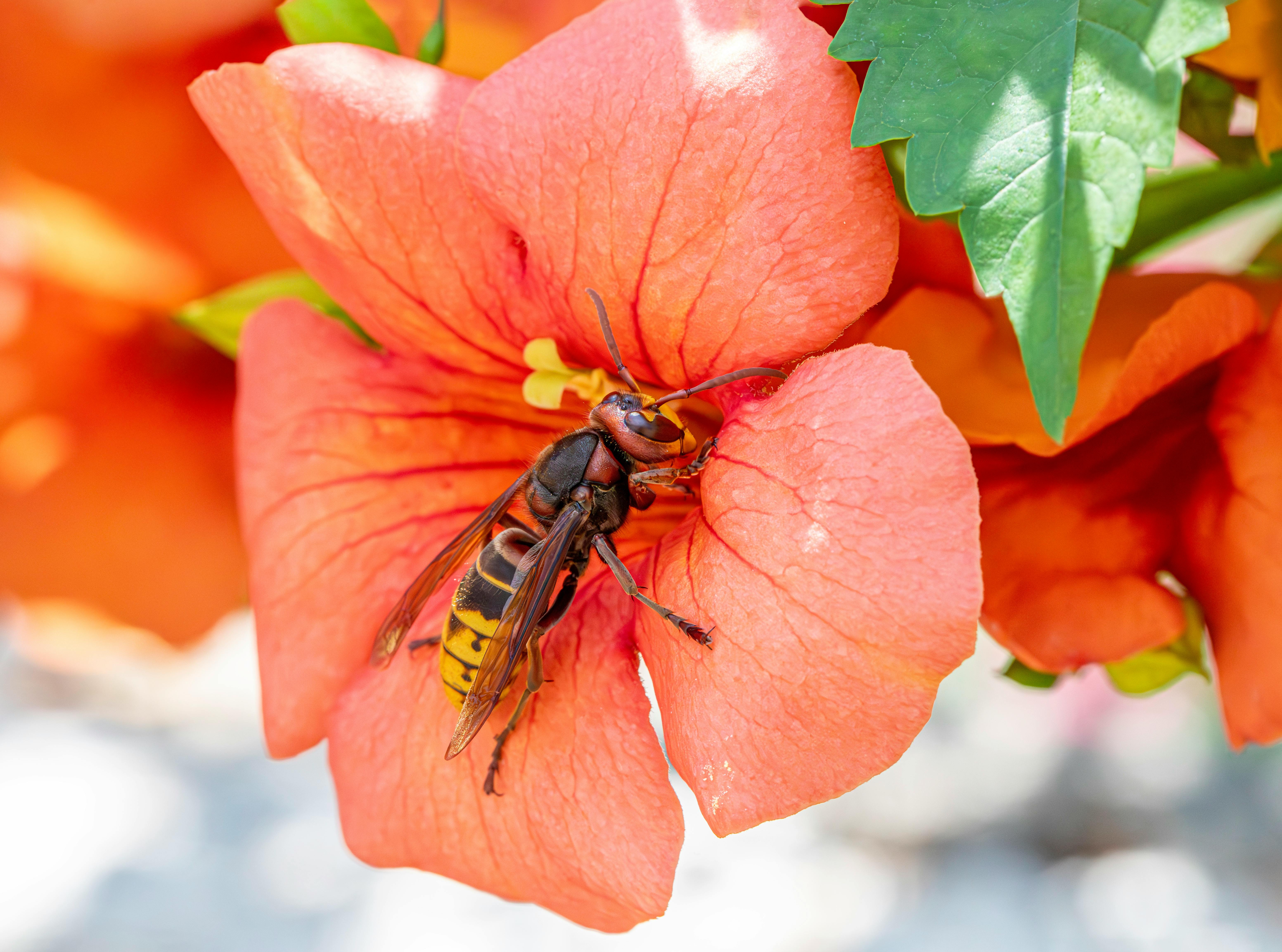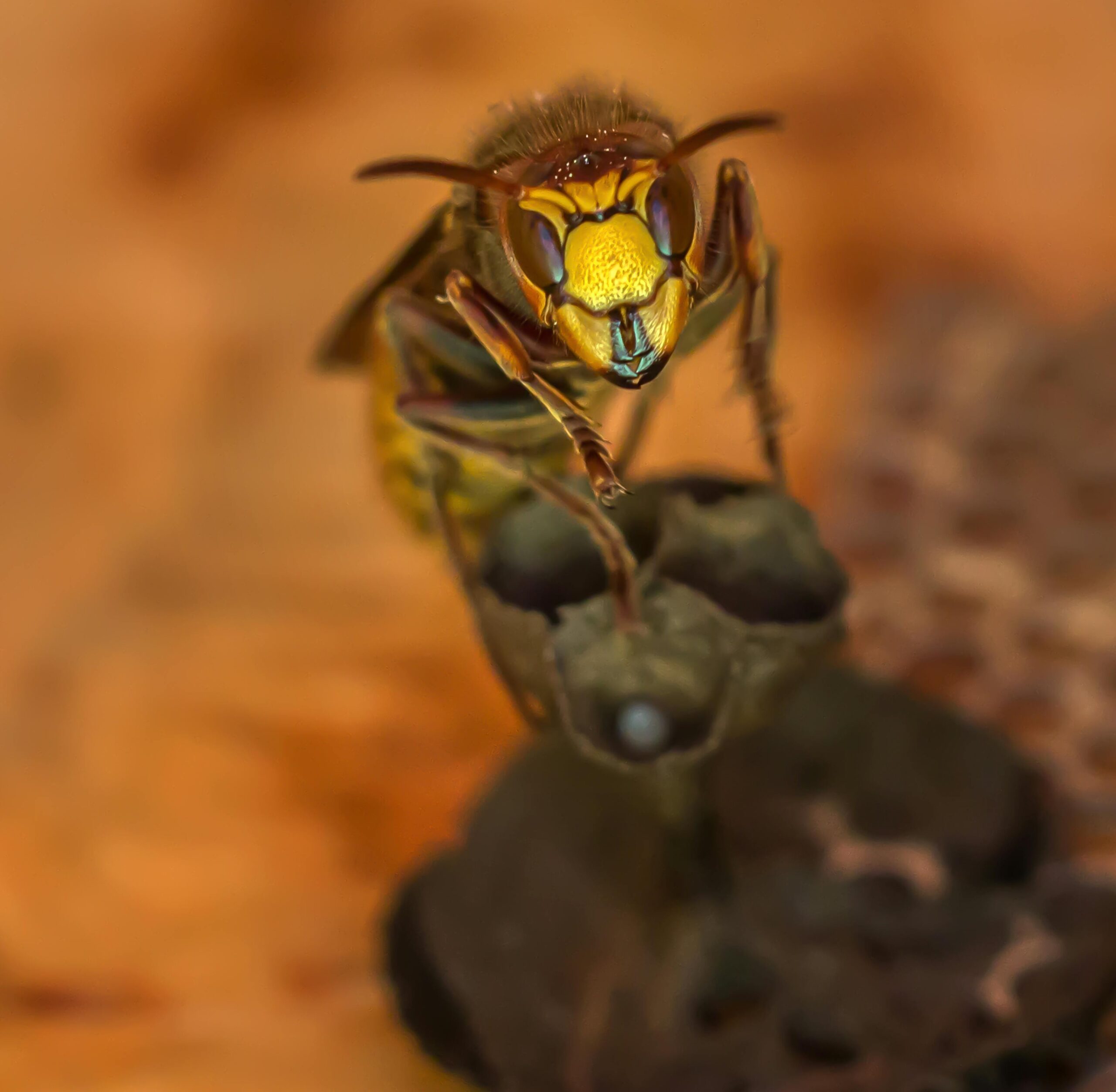Hornissennest: Understanding and Managing Hornet Nests
What is a Hornissennest?
A Hornissennest, or hornet’s nest, is a remarkable structure created by hornets. These nests are typically found hanging from trees, buildings, or shrubs. Made primarily from chewed wood fibers mixed with saliva, the resulting paper-like material gives the hornets a sturdy and weather-resistant home. Hornets play an important role in the ecosystem by controlling pest populations. Understanding their nesting habits can help homeowners identify and manage these nests effectively.
Structure and Composition of a Hornet’s Nest
The structure of a Hornissennest is fascinating. Hornets construct their nests in a series of layers, which can contain multiple cells for individual hornets to lay their eggs. Nests can vary from the size of a soccer ball to larger structures that can weigh several pounds. The outer layer serves as insulation, protecting the hornets from harsh weather conditions. Understanding the composition of a hornet’s nest can help in planning for safe removal if necessary.

Common Locations for Hornet Nests
Hornet nests are commonly located in sheltered spots, such as tree branches, attics, or under eaves. They prefer quiet and secluded areas to thrive. Typically, you might find a Hornissennest around backyards, parks, and even urban settings. Identifying these locations can help avoid unexpected encounters with hornets, which can be particularly aggressive when their nests are disturbed.
Identifying Hornets vs. Wasps
Distinguishing between hornets and wasps is crucial, as many people confuse the two. Hornets are larger, with robust bodies and distinctive markings. In contrast, wasps are typically slimmer and more colorful. Understanding these differences can help in identifying potential risks associated with dealing with a Hornissennest. For example, if you’re planning any outdoor maintenance that could disturb the nest, knowing what type of insect you’re dealing with is vital for your safety.
The Role of Hornets in the Ecosystem
Hornets are often misunderstood and are essential for ecological balance. They help control pest populations by preying on insects that can harm gardens and crops. A healthy population of hornets can contribute positively to local biodiversity, making it essential to consider management strategies that do not disrupt their crucial role. By fostering a better understanding of these creatures, we can learn to coexist more safely and harmoniously with them.
Risks Associated with Hornet Nests
While hornets can be beneficial, they can also pose significant risks. Their aggressive nature, especially when their nests are threatened, can lead to painful stings. For individuals allergic to hornet venom, these stings can be life-threatening. Thus, recognizing the signs of a Hornissennest nearby is important for safety, particularly for families with small children or pets.
Safe Removal of a Hornissennest
If you find a Hornissennest on your property, it’s essential to approach removal cautiously. Although it might be tempting to try to eliminate the nest on your own, safety should always come first. Engaging a professional pest control service can ensure that the nest is removed safely and effectively. They have the expertise and equipment to manage the situation without incurring harm.
Step-by-Step Guide for Safe Nest Removal
If a professional is not an option, and you decide to remove the nest yourself, here’s a quick guide:
1. Gather the necessary gear: long sleeves, gloves, and a face mask.
2. Choose the right time: nighttime is best when hornets are less active.
3. Use a hose spray insecticide specifically designed for hornets.
4. Stand a safe distance from the nest, aiming to spray the entrance effectively.
5. Retreat immediately after spraying and monitor for any activity.
This method may not guarantee complete removal and can still pose risks, so caution is advised.
What to Do After Removal
Once the Hornissennest is removed, it’s essential to take steps to prevent future infestations. Inspect your property for potential nesting sites, such as gaps in the eaves or low-hanging branches. Sealing any entry points and maintaining cleanliness can significantly reduce the chances of hornets returning. Moreover, consider using natural deterrents that can keep hornets away without causing harm to the ecosystem.
Conclusion and Key Takeaways
Understanding and managing a Hornissennest are vital for maintaining safety and harmony around your home. These nests can provide ecological benefits but also pose risks if not handled correctly. Always prioritize safety and consider professional help for nest removal. Remember that knowledge is your best weapon against hornet encounters, and with the right information, you can coexist peacefully with these fascinating insects.
FAQ
1. How do I identify a Hornissennest?
A Hornissennest can often be identified by its grayish, paper-like exterior and rounded shape. They usually hang from trees or structures. Understanding the typical size and structure can help in identifying if what you’re seeing is indeed a hornet’s nest.
2. Are hornets aggressive?
Yes, hornets can be very aggressive, especially if their nests are disturbed. It’s crucial to maintain a safe distance and avoid actions that could provoke them. Awareness of their behavior can help prevent negative encounters.
3. Can I remove a Hornissennest myself?
While some individuals attempt to remove a Hornissennest on their own, it is advised to seek professional help. If you choose to remove it yourself, ensure you take all necessary safety precautions.
4. What should I do if I get stung?
If stung by a hornet, clean the area with soap and water immediately. Apply a cold pack to reduce swelling and consider taking an antihistamine for relief. If allergic reactions occur, seek medical assistance promptly.
5. How can I prevent hornets from nesting on my property?
To prevent hornets from nesting, maintain a clean yard, seal any potential nesting sites, and consider using natural repellents. Regularly inspecting the area can also help in detecting nests early.
6. What are some natural deterrents for hornets?
Natural deterrents for hornets include using essential oils like peppermint or clove, as they are known to repel insects. Spraying a mixture of water and essential oil around your property can create a less hospitable environment for hornets.
